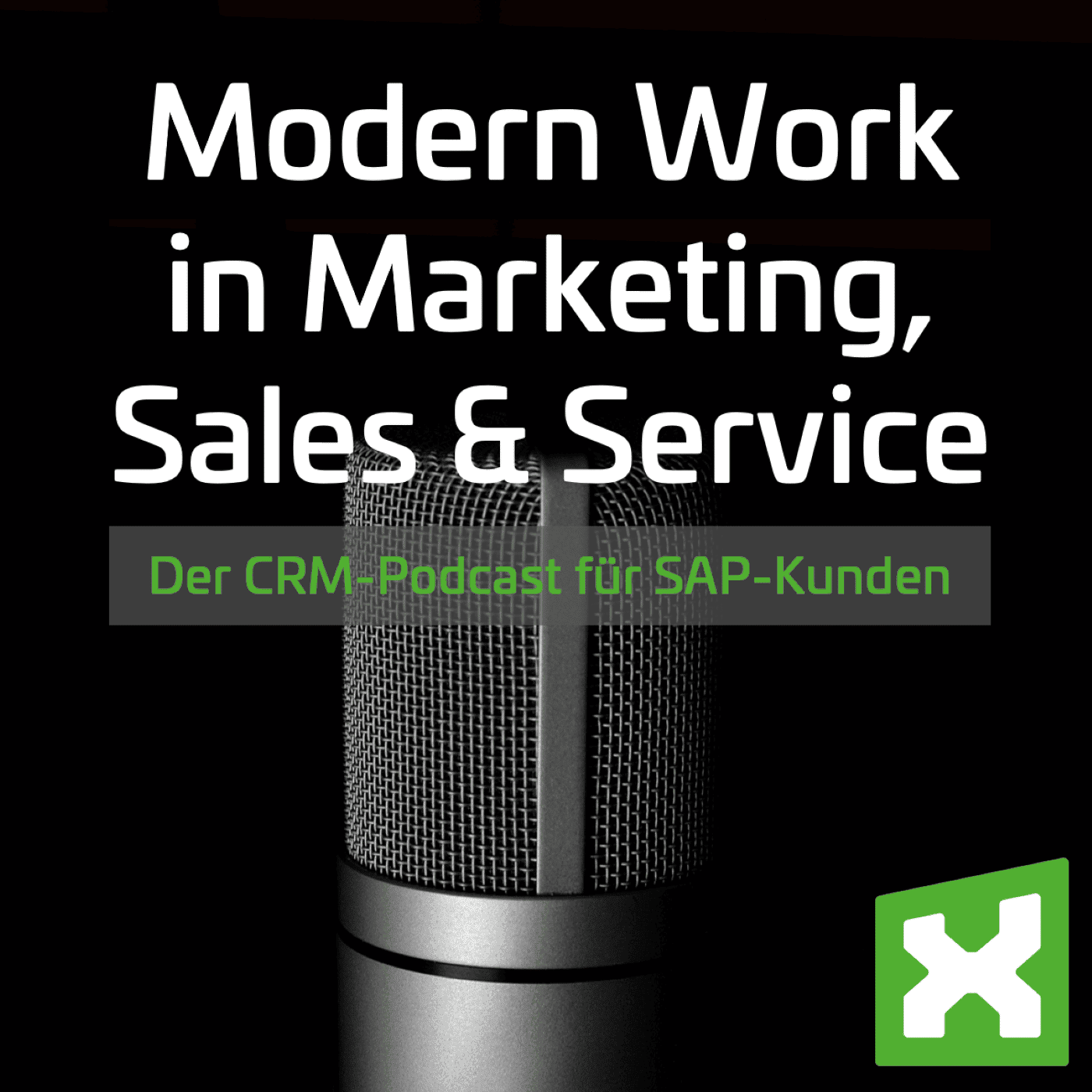Successful Existing Customer Management: Recognizing Potential and Making the Right Use of Opportunities
Customer loyalty is one of the most important success factors for any business. While new customers are important, companies often overlook the great potential of their existing customers. However, these are valuable because they already know the company and have built trust. The cultivation of these customer relationships and the targeted identification of their potential are crucial for sustainable success. In this blog post, we will take a closer look at how successful existing customer management works, how you can identify potential at an early stage and take advantage of sales opportunities.

Opportunities vs. potentials for existing customers
Before we dive into the world of existing customer potential, let’s take a look at two important terms: opportunities and potentials. Opportunities are concrete needs or sales opportunities that are already qualified and tangible. They occur when a customer has a clear need and may be ready to purchase a product or service. Potentials, on the other hand, are potential sales opportunities that exist but still need to be identified, qualified and tapped. They are possibilities that are hidden and waiting to be discovered. There are still untapped opportunities that lie dormant in the existing customer base.
Why you should definitely exploit existing customer potential
First, let’s take a look at why it is so important to exploit existing customer potential:
How do you identify sales potential in an existing customer?
Identifying sales potential with existing customers requires a thorough analysis of the customer relationship, previous buying behavior and the customer’s specific needs. Here are 6 steps to identify sales potential:
- 1
Analyze customer history: A look at the purchase history makes it possible to identify products or services that can be supplemented or improved through upgrades. This analysis creates the basis for specifically addressing individual customer preferences and submitting tailor-made offers.
- 2
Understanding customer needs: Through open conversations, current needs, goals and challenges can be identified. This makes it clear where you can offer your customer additional value. Direct communication with the customer makes it possible to adapt product development or services accordingly.
- 3
Building Relationships: A close bond with the customer creates trust and openness. Regular communication shows that you understand the changing needs of the customer. This fosters a sustainable business relationship, as the customer feels valued and understood.
- 4
Conduct market research: The analysis of current industry trends, technologies and regulatory changes enables the identification of potential solutions or products that can offer added value to the customer. A solid knowledge of the market is crucial to proactively react to developments in the market and offer innovative solutions.
- 5
Cross- and upselling: Exploring opportunities to improve the existing offering or ancillary products increases the value of customer interaction. By offering the customer tailor-made supplements, the company not only increases sales, but also improves customer satisfaction.
- 6
Needs assessment: Open conversations help identify potential problems or challenges and offer tailored solutions. A targeted needs assessment allows the company to offer exactly the products or services that best meet the customer’s requirements.
Through a systematic analysis of customer history, close relationship management, market research and a targeted needs assessment, companies can effectively use the potential of their existing customers. It is crucial to focus on the added value for the customer and offer tailor-made solutions to achieve long-term retention and increased sales.
Exploiting CRM and existing customer potential
The integration of Customer Relationship Management (CRM) and SAP offers an efficient solution for managing the potential of existing customers.
Take advantage of the sales opportunities with your existing customers and integrate intelligent processes into CRM and SAP to obtain automated analyses and to support and exploit your customers in the best possible way.


